Originally published in AutoWeek December 13, 1982
1959 MGA Twin Cam; photos by John Matras
Pity the poor MGA Twin Cam. Imagine: four years, count ‘em, four years in development, and on the market for less than two. And despite a successful record in amateur racing and even several scores in the big time, the car was a commercial failure.
It had a terrible reputation of unreliability. Early Twin Cams, the first 345, had a propensity for burning oil, a result of using chromed piston rings with molybdenum-treated cylinder bores. Even worse was the burning of pistons caused by a 9.921 compression ratio requiring spot-on ignition timing, perfect adjustment of the dual 1.75-inch SU carbs and the best premium petrol available – and available it always wasn’t. Nor was carb tuning always up to snuff. And positioning of the distributor under one of the cam covers – not visible from above and difficult to reach when the engine was hot – aggravated setting the timing. The standard push-rod engine’s relative indifference to tuning only made matters worse. The set-the-timing-within-10-degrees procedure adequate with the push-rod engine would result in a holed piston if applied to the Twin Cam.
The Abingdon firm wasn’t deaf to these complaints. An access door to the distributor was cut into the left inner front fender, and compression ratio was lowered to 8.3:1 by a change in pistons late in the model run. But by then it was too late. BMC pulled the plug on the MGA Twin Cam, production ceasing on June 14, 1960, only 22 months after the models inception in September 1958, with just 2,111 made.
The basic push-rod MGA, in its various engine size permutations with roadster and full-bodied styles, was produced from 1955 to 1962, with production totaling 101,081 unit. The original engine, BMC’s “B” series lump, was the powerplant of choice for MG, the parent company having standardized it across the board. It was sturdy but not just exciting even when sport-tuned with SU carbs and such.
The main culprit was the head. It was not a cross-flow design, intake and exhaust both located on the left side of the engine. Peculiarly enough, so were the pushrods. Little could be done to get more performance from such a restrictive set up. So when the need for more power arose, a double overhead cam arrangement was the natural solution.
But again MG was constrained by economic reality, BMC style. A DOHC head the MG could have, if it used the “B” block. This proved to be more difficult and expensive than if a whole new engine had been designed. It was not, as BMC management had envisaged, just a new head and cam-drive. Swapping the carb size required moving the distributor from mid-block on the right side to the left front of the engine. Connecting rods, bearings and pistons were changed, and a cavernous seven-quart finned-aluminum sump was added. A special cooling system supplied coolant under pressure to the head, while the block was thermosiphon cooled. And the engine, originally a 1500cc, was bored out to 1588cc to take the maximum advantage of 1600cc racing class limitations, and that meant changes to the block’s water jacket design. Said MG’s John Thornley, “About the only thing which were the same where the bore centers.”
The new engine also prompted changes to the chassis. The steering rack had to be moved forward to clear the timing chain cover, as did the radiator. The radiator had to be modified to accommodate the altered cooling system. Stiffer springs and shocks accommodated a heavier engine, and the myriad of miscellanea had to be modified to handle the changes in power and weight.
The Twin Cam got Dunlop center-lock disk wheels, held in place by pins rather than splines, less likely in Abingdon’s opinion to be fouled by amateur racer’s haste. Dunlop also supplied the four-wheel disc brake system.
Such was MG’s better mousetrap. Power was boosted from the 1500’s 72bhp at 5500 rpm to 108 at 6700 rpm for the Twin Cam; the former quite out of breath at 6000 RPM, while the latter pulled strongly to a 7000 rpm redline result: Top speed to about 115, up from the mid-90s; quarter-mile down from 19.5 seconds to 18 flat. This performance may not seem overwhelming today, but an era when cars turning the quarter in well over 20 seconds could still be considered sports cars it was more than adequate.
It was certainly sufficient develop a following. One of the organizations springing up in the MGA’s wake is the North American MGA Register. John Wright is a founding member of NAMGAR – it was formed in his living room – and not surprisingly, he owns an MGA. His example of the art of Abingdon is a 1959 Twin Cam, the subject of a five-year frame-off restoration by Wright, wife Linda, and good friend John Schiavone.
The car is in incredibly like-new condition. If anything, it is better than new. Wright substituted forged aluminum pistons for the cast originals, retaining a 9.921 compression ratio but with custom-made Veniola durability. Still, heeding the less fortunate experience of others, Wright blends racing gas with unleaded premium for a knock-proof brew.
Just getting in his Twin Cam is a memory jogging experience. Is there a sports car enthusiast who at some time was not in or around an MGA? The Twin Cam, like any MGA, has small doors and, especially with the top up, you must fold yourself as carefully as a roadmap to enter gracefully. The wire-spoked steering wheel is big and a little too close, and your feet disappear to find little pedals you’ll never see. The pedals are also close together, and is not at all hard to hook your right foot under the brake pedal until you learn your way around. The large speedometer and tachometer are right in front of you where they belong and are easy to see, with the smaller gauges flanking the centrally mounted radio speaker grill. The horn button is over there to, so your navigator can do the honors in the thick of some rally.
Now, twist the key and pull the starter knob. The four rumbles impatiently. Put it in first. The short shifter knows the way home. Up comes the clutch and you’re off. Accelerate. Quick shift a second. Accelerate. Third a precise throw away. You can feel the linkage guiding you as the engine growls its way through the gears.
A winding road lies ahead. The MGA is stiffly sprung, and where the road is smooth it is flawless handler. The engine’s responsiveness, willingness, eagerness makes it easy to extract the maximum from the chassis. The car has that indescribable, know-it-when-you-feel-it balance. Even rough spots in the pavement only make the car hop to a new line. The composure, the balance, remains. Driving this car on a twisty road through one of the most colorful autumns in Maryland has seen in years makes you think this must be a dream or at least a TV commercial. It is that perfect.
So pity the Twin Cam if you must. But don’t pity the Twin Cam owner who has taken the time to get it right. He is having too much fun.










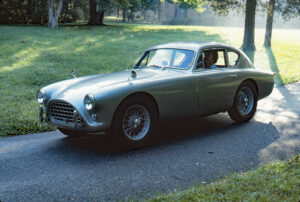
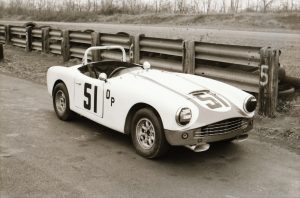
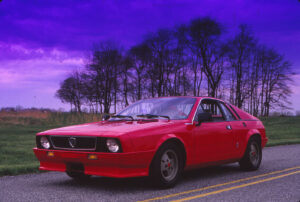
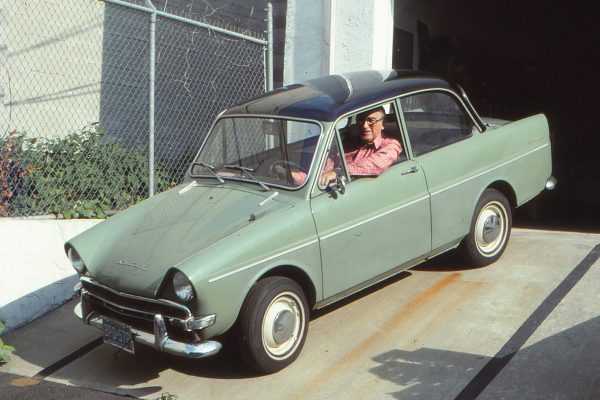
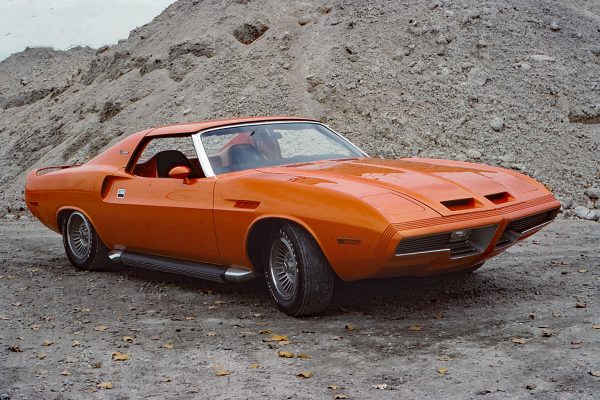

What Do You Think?
You must be logged in to post a comment.